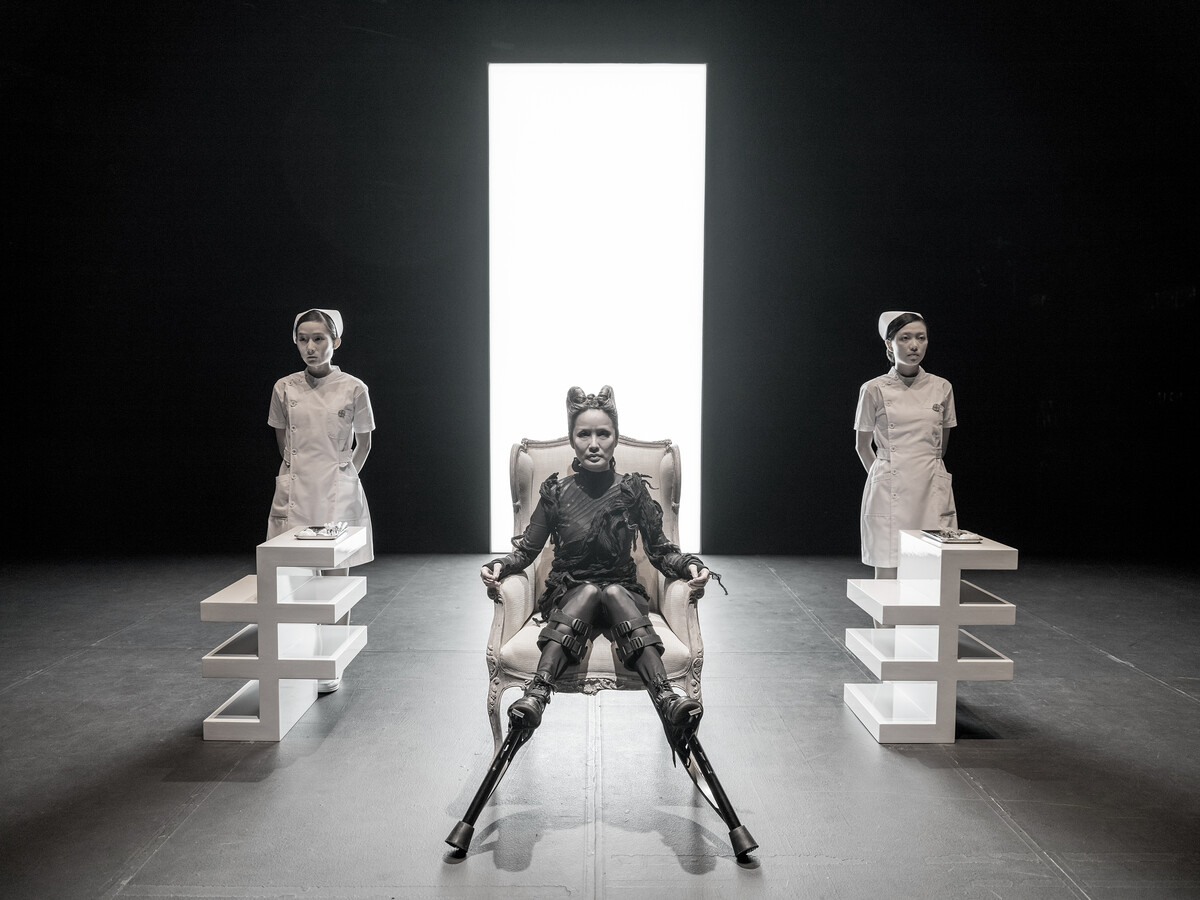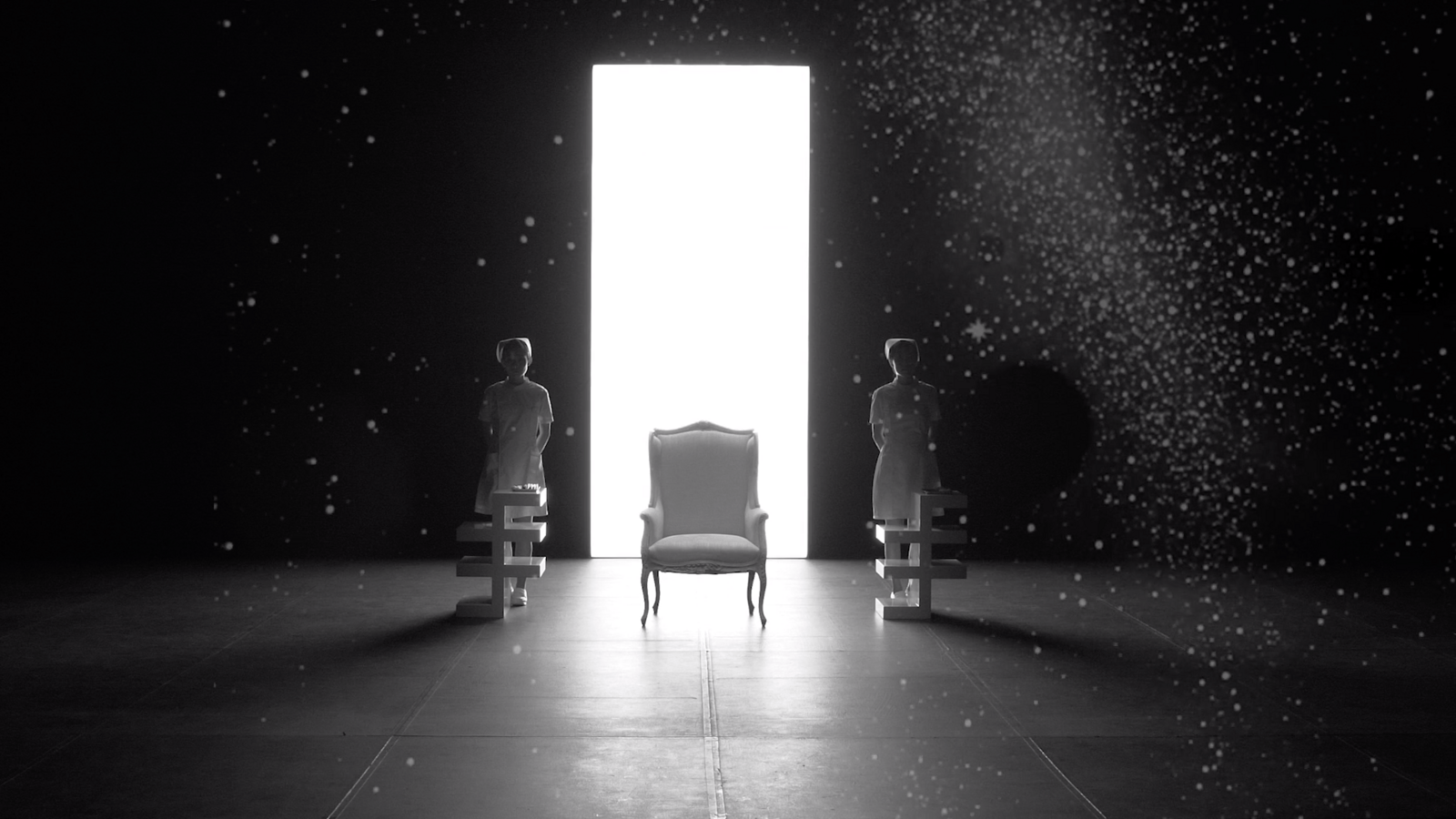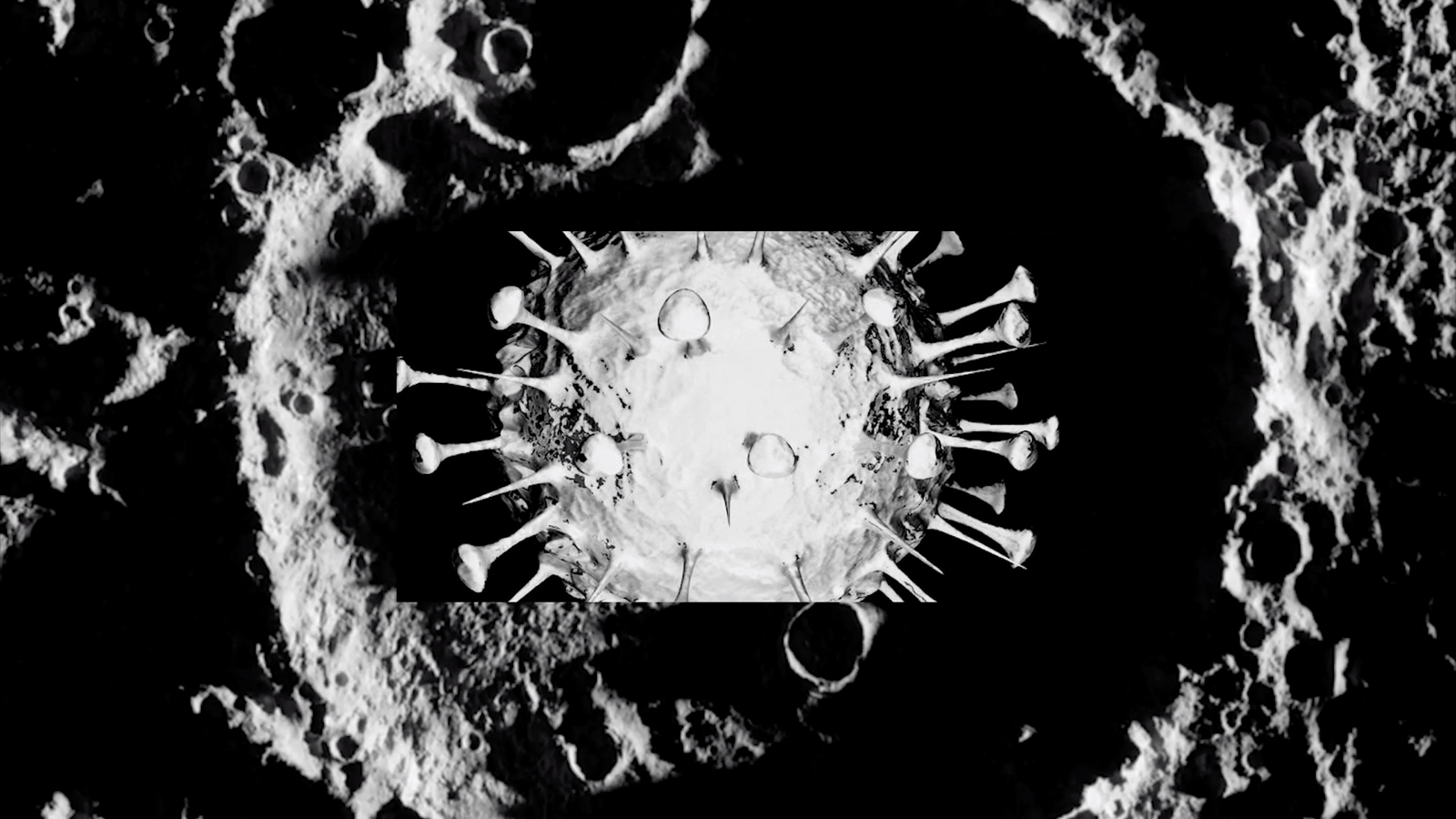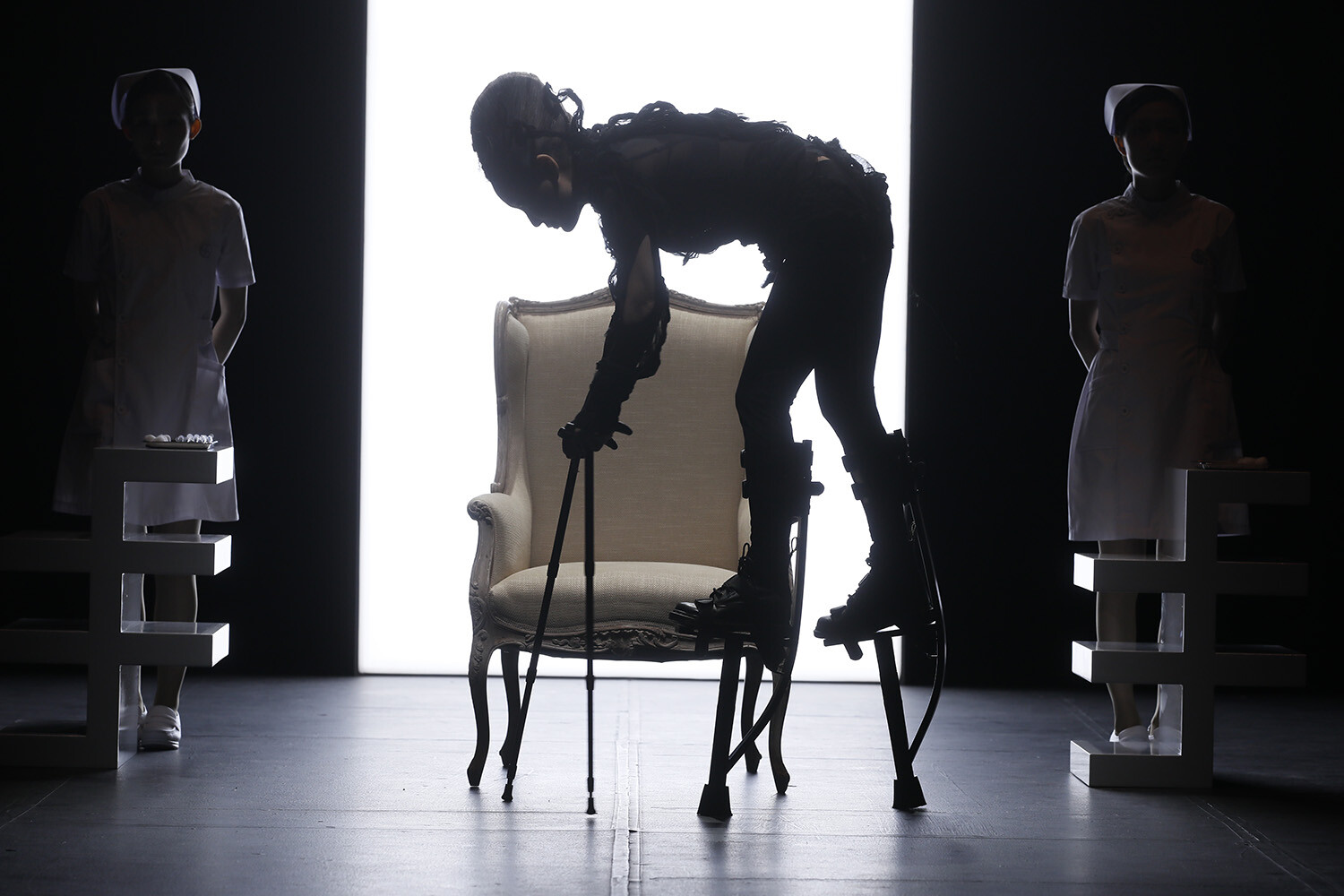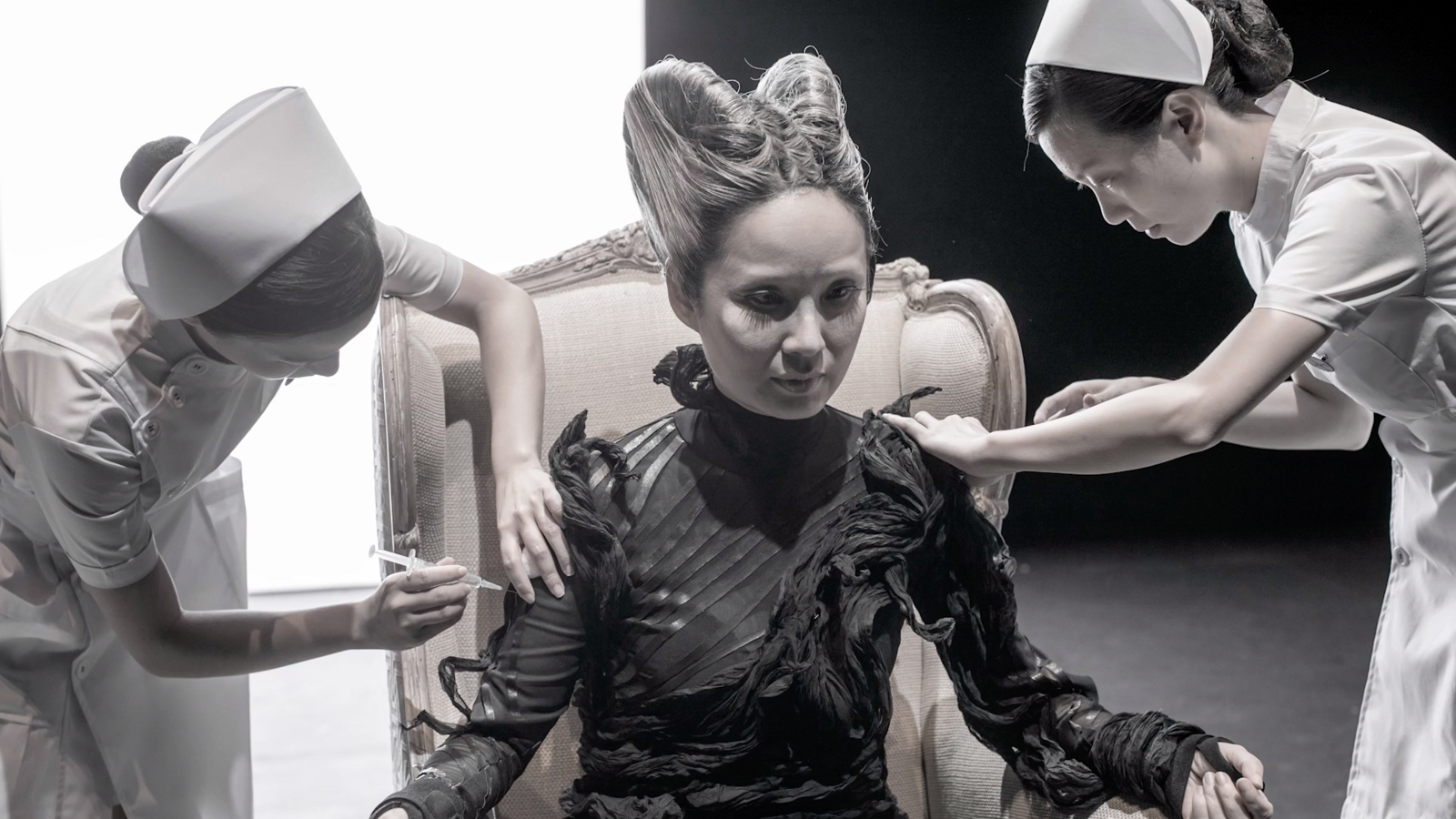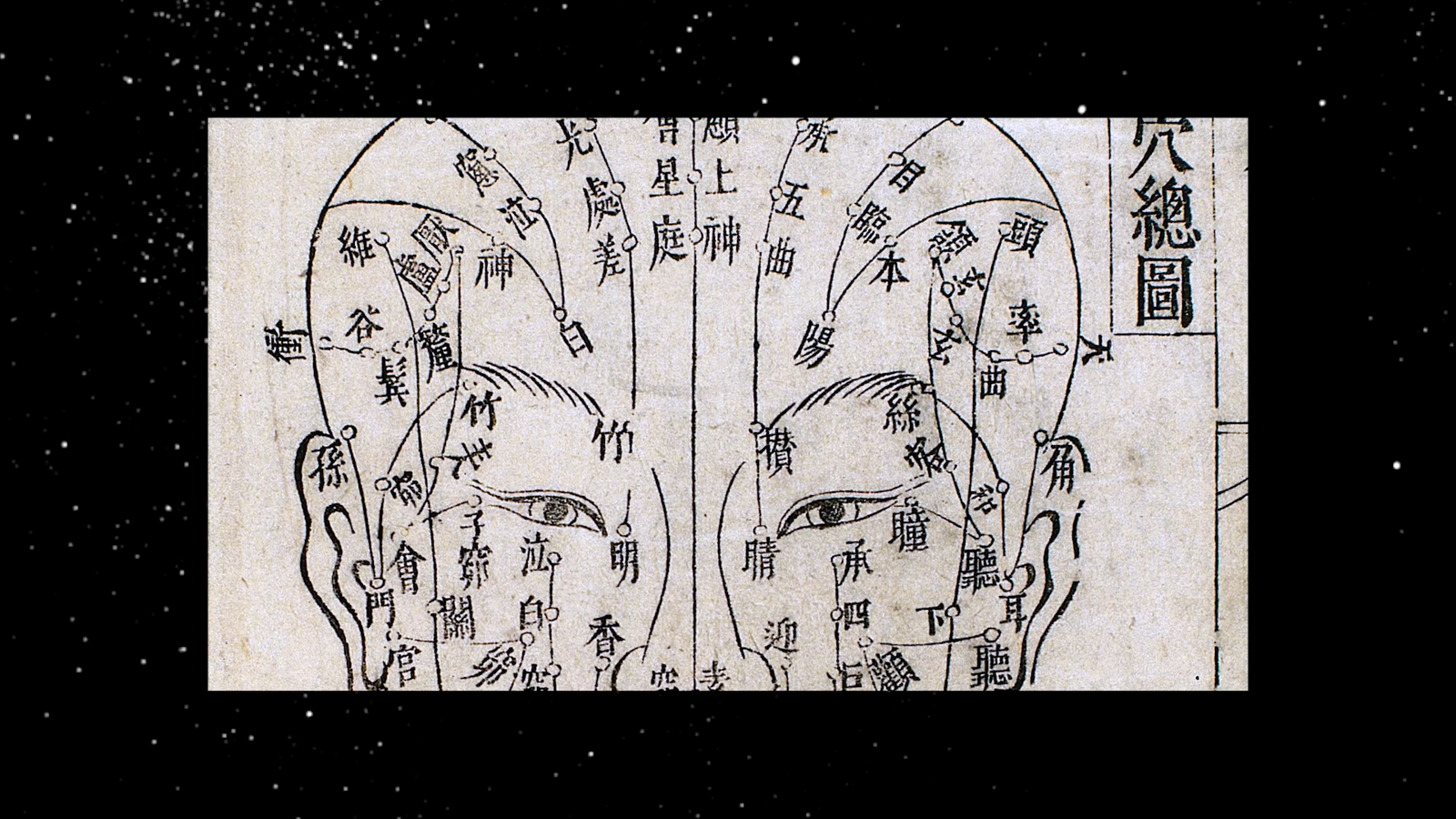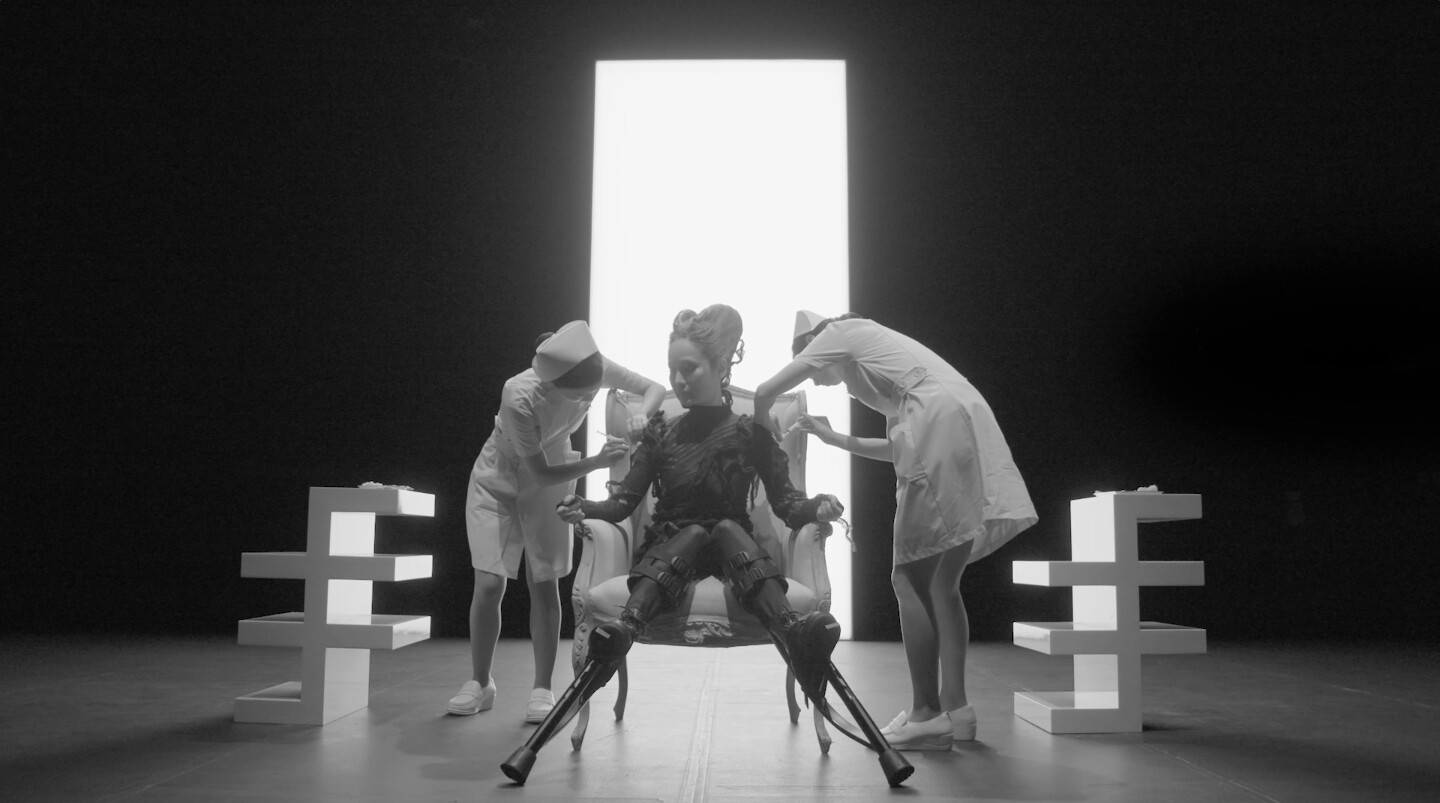We are all aware of the circumstances that have led to the glut of reviews of online shows, as opposed to the usual fare of objects under bricks-and-mortar, and the Museo Universitario de Arte Contemporáneo (MUAC) has responded to them by creating Sala 10, a virtual exhibition space on its website. It’s worth noting the format: a series of two-week-long shows featuring video pieces, displayed on a floating screen that opens unprompted over a page divided into a grid with blocks of curatorial text, an extended interview with the artist, and links to further information and credits. The website has a vertical axis with images and text alternating on each side as one scrolls, and its similarity to the layout of Rhizome’s influential “Net Art Anthology” (2016–19) suggests the emergence of a generic online exhibition design.1 The combination of background information and work is fitting for an institution known for its dedication to academic research: the artwork as a piece in a contextual puzzle.
That being said, Angela Su’s Cosmic Call (2019) is phenomenal on its own terms. It was originally commissioned for “Contagious Cities,” an international cultural initiative funded by the Wellcome Trust to explore the connections between cohabitation, microbes, cities, and migration, as well as “the global challenges of epidemic preparedness.” The first part of the video recaps a talk that the Hong Kong-based artist, who holds a degree in biochemistry, gave at London’s Wellcome Collection in May 2018. In a neutral, documentary-like tone, the voiceover proposes a series of synchronicities that could be helpful to rethink our “outbreak narratives”: the stories we tell ourselves to better understand, justify, or place blame for epidemiological events.
The enticing, conspiratorial narrative links comets carrying the infective bacterium Staphylococcus aureus with the proposition that viruses—our current nemeses—might be invaders from outer space. To support the idea, Su cites astronomer Chandra Wickramasinghe, who wrote in The Lancet in 2003 of the likelihood that SARS—a close cousin of Covid-19—had extraterrestrial origins. Su weaves the Mawangdui Silk Texts into her speculations on the connections between cosmic bodies and human health, noting that the second-century BCE medicinal writings correlated the appearance of 29 comets over 300 years with events including plague and drought.
Su puts forward other ways of thinking about disease beyond those delineated by Enlightenment frameworks of science and progress. What traditional Chinese medicine (TCM) once offered—an holistic, balance-seeking approach to health—she sees turning into something more ominous, adopting the Western pharmaceutical logic of endless expansion and profit through standardization, including a thirst for big data in the form of robots for TCM diagnosis juicing biometric and genetic information from their users. This narrative of eternal progress, based on the principles of standardized science and a presumption of universalism, is unable to criticize itself. So, when its failures lead to catastrophes, the finger must be pointed elsewhere.
This fact, the near-immutability of outbreak narratives and the artist’s frustration at her inability to significantly transform them, forces Su to take matters into her own hands. In the last two-and-a-half minutes of this thirteen-minute video, as John Zorn’s Metamorfosi (1985) blasts in the background, things take a drastic aesthetic turn into goth-glam territory. Su, wearing prosthetics and heavy make-up, appears for the first time in person and enters a setting reminiscent of the monochromatic pop-madness of Lady Gaga’s video for Bad Romance (2009). She walks on all fours with the help of stilts, wearing tattered all-black, her hair in a marine-creature-like coiffure previously seen in Alexander McQueen’s spring 2010 runway show, Plato’s Atlantis.
Sitting on a throne, with a light-filled portal behind her, she places herself at the boundary separating human from nonhuman, life from death. Two nurses stand beside her with syringes, finding the rips in her clothes to inject Su’s body with doses of the deadly viruses: she will join them to become “the cure that kills,” “the multitude in One.” She will embody the logic of vaccines, the low dose that stimulates rather than overwhelms the system, the “cure” that is living with the virus rather than othering it. This delightful, elaborate goth section resignifies the deliriousness of the first part of the video, in which illustrations of comets in medieval manuscripts are interspersed with images of spermatozoa, amoebas, and octopuses: foreign invaders.
Su chooses to host our worst enemies, but haven’t our bodies always been connected to them? Weren’t we already close enough to bats, pigs, and pangolins for zoonosis to occur? The artificial boundaries of “humanness,” which allow us to exploit nature by thinking of ourselves as removed from it, express a logic which has come back to bite us in the ass. Perhaps the paths drawn by Su’s meandering, clandestine knowledge could lead to better outbreak narratives, responses, and more truthful allocations of responsibility.
Online exhibition
Angela Su’s “Cosmic Call”
